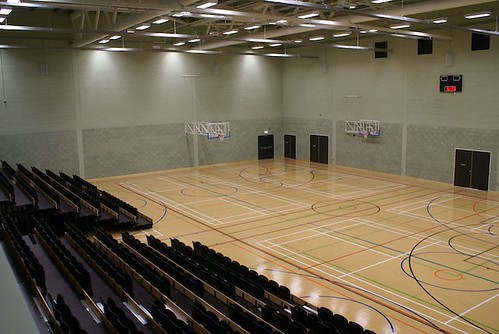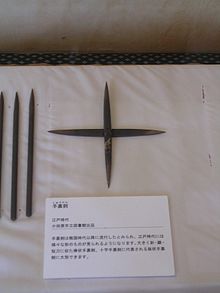What is Taiji?
Taiji or t'ai chi ch'uan literally means
"Supreme Ultimate Fist". It is a type of internal Chinese martial art practiced for both
its defence training and its health benefits.
The physical techniques of taiji are
described in the tai chi classics, a set of writings by traditional
masters, as being characterized by the use of leverage through the joints based
on coordination and relaxation, rather than muscular tension, in order to
neutralize, yield, or initiate attacks. The slow, repetitive work involved in
the process of learning how that leverage is generated gently and measurably
increases, opens the internal circulation.
The study of taiji involves three aspects:
Health: Taiji's health training concentrates on relieving the physical
effects of stress on the body and mind. Taiji is thought to improve or avoid
many chronic health problems including high blood pressure, diabetes and
osteoarthritis. Its practice has also helped to reduce the incidence of falls
in the elderly and aid recovery from strokes.
·
Meditation: The focus and calmness cultivated by the meditative aspect of
taiji is seen as necessary in maintaining optimum health (in the sense of
relieving stress and maintaining homeostasis) and in application of the
form as a soft style martial art.
·
Martial art: The ability to use taiji as a form
of self-defence in combat is the test of a student's
understanding of the art. Taiji is the study of appropriate change in
response to outside forces, the study of yielding and "sticking" to
an incoming attack rather than attempting to meet it with opposing
force. The use of taiji as a martial art is quite challenging and requires
a great deal of training.
 |
| Joe Harte |
Who is Joe Harte?
Joe Harte began training martial arts in
1975, then in the early 90's found himself inexorably drawn to Taiji. He is a long time student of Patrick Kelly in the tradition of Master
Huang Sheng Shyan.
With 20 years of intensive Taiji training he now runs the Northern
School of Taiji in Co. Durham, Northeast England - Concentrated Taiji classes
for those who wish to learn deeply.
Joe recently gave an in depth interview to The Tales of Brave Ulysses
Magazine:
"Lifelong martial artist Joe Harte tells us why the martial arts
are so much more than learning to fight;
and how anybody can find and benefit from the right training.
To read full interview with Joe Harte, Senior Instructor and long-time student
of Patrick Kelly follow the link:
At the marfest....
Though Joe will not be doing a demonstration this year we are hoping he
will be doing some taster sessions on our come and try it mats, so come
along and meet Joe....















_showing_the_(kontei).jpg/95px-Various_antique_Japanese_bo_(staff)_showing_the_(kontei).jpg)






